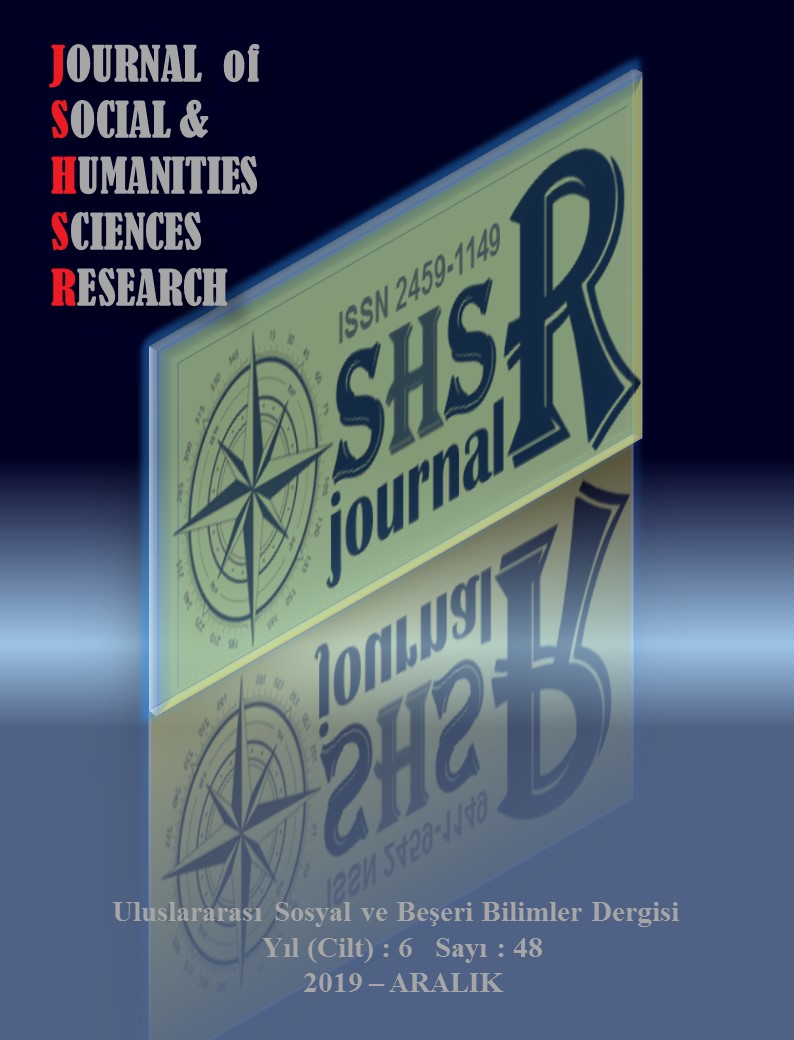MODELLING AND PREDICTING STOCK RETURNS IN ISTANBUL STOCK EXCHANGE (ISE): AN ARTIFICIAL NEURAL NETWORK APPROACH
DOI:
https://doi.org/10.26450/jshsr.1672Anahtar Kelimeler:
Stock returns, Artificial Neural Networks, Istanbul Stock Exchange, PredictingÖzet
Prediction models and techniques are of great ability and importance to all economic agents. More specifically, successful
prediction of stock exchange rates and returns are beneficial for investors who want to make higher returns as well as
governments in decision-making. Therefore, this study examines the predictive capability of a backward propagation artificial
neural network. Moreover, it is aimed at determining whether a backward propagation neural network is capable of accurately
predicting the Borsa Istanbul (BIST 100 index) stock returns. Interest rates, inflation rates, exchange rate, money supply,
industrial production index of the Turkish economy as well as five world stock market indices are used as input variables to
predict returns. The experimental results suggest that the model successfully predicts the monthly return of the BIST 100 index
with over 95% accuracy rate. This implies that artificial neural networks provide a promising substitute for stock market
predictions for economists and practitioners.
İndir
Yayınlanmış
Nasıl Atıf Yapılır
Sayı
Bölüm
Lisans
Telif Hakkı (c) 2019 International JOURNAL OF SOCIAL HUMANITIES SCIENCES RESEARCH

Bu çalışma Creative Commons Attribution 4.0 International License ile lisanslanmıştır.


